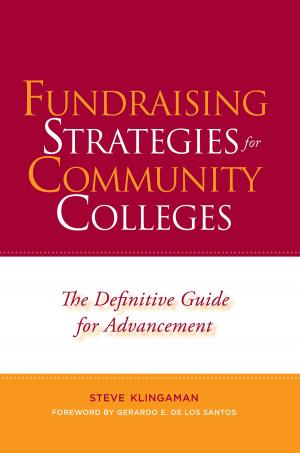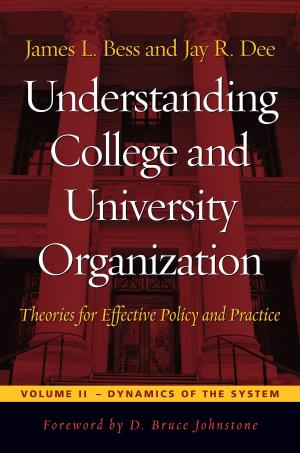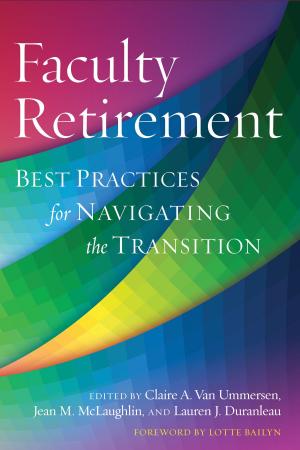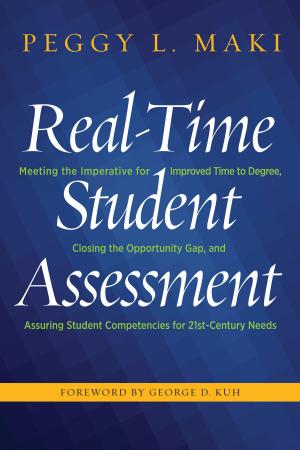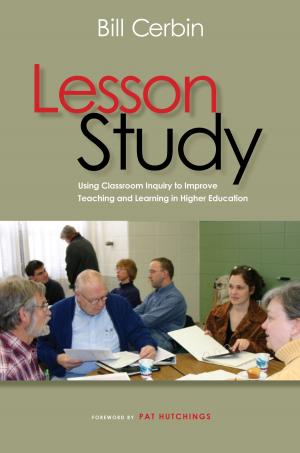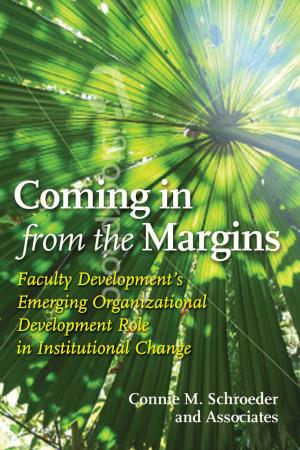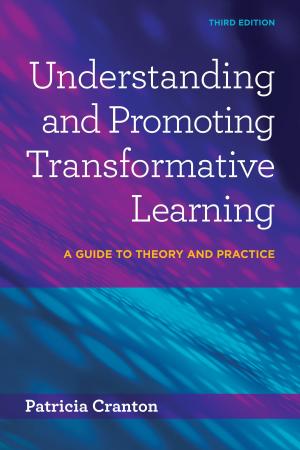Taking College Teaching Seriously, Pedagogy Matters!
Fostering Student Success Through Faculty-Centered Practice Improvement
Nonfiction, Reference & Language, Education & Teaching, Educational Theory, Leadership, Reference, Higher Education| Author: | Gail O. Mellow, Diana D. Woolis, Marisa Klages-Bombich, Susan Restler | ISBN: | 9781620360828 |
| Publisher: | Stylus Publishing | Publication: | May 27, 2015 |
| Imprint: | Stylus Publishing | Language: | English |
| Author: | Gail O. Mellow, Diana D. Woolis, Marisa Klages-Bombich, Susan Restler |
| ISBN: | 9781620360828 |
| Publisher: | Stylus Publishing |
| Publication: | May 27, 2015 |
| Imprint: | Stylus Publishing |
| Language: | English |
Taking College Teaching Seriously: Pedagogy Matters! breaks new ground in professional development. Each faculty member is at the center of the learning experience, stimulated and supported by peers working in similar contexts. They share a desire to see more students learn deeply and find that honing their skill at adapting to the learning needs of specific classes and students allows them to realize this goal. Uniquely, Taking College Teaching Seriously illuminates the link between faculty teaching expertise and improving student outcomes.
The introduction to the book examines the challenges facing faculty in higher education today and reviews the literature on teaching and learning. Chapter 1 looks at the analytical foundations for all of the model’s elements, from adult learning theory to communities of practice, and Chapter 2 presents the model’s theory of change. Chapter 3 describes the model in detail and Chapters 4 and 5 concern the infrastructure of the faculty collaborative community, focusing on both its interpersonal and technological dimensions. The book concludes in Chapter 6 with an assessment of the value of this approach to professional development and a call to action for faculty member engagement in this important work, so essential to both professional passion and mandate.
The introduction to the book examines the challenges facing faculty in higher education today and reviews the literature on teaching and learning. Chapter 1 looks at the analytical foundations for all of the model’s elements, from adult learning theory to communities of practice, and Chapter 2 presents the model’s theory of change. Chapter 3 describes the model in detail and Chapters 4 and 5 concern the infrastructure of the faculty collaborative community, focusing on both its interpersonal and technological dimensions. The book concludes in Chapter 6 with an assessment of the value of this approach to professional development and a call to action for faculty member engagement in this important work, so essential to both professional passion and mandate.
Taking College Teaching Seriously: Pedagogy Matters! breaks new ground in professional development. Each faculty member is at the center of the learning experience, stimulated and supported by peers working in similar contexts. They share a desire to see more students learn deeply and find that honing their skill at adapting to the learning needs of specific classes and students allows them to realize this goal. Uniquely, Taking College Teaching Seriously illuminates the link between faculty teaching expertise and improving student outcomes.
The introduction to the book examines the challenges facing faculty in higher education today and reviews the literature on teaching and learning. Chapter 1 looks at the analytical foundations for all of the model’s elements, from adult learning theory to communities of practice, and Chapter 2 presents the model’s theory of change. Chapter 3 describes the model in detail and Chapters 4 and 5 concern the infrastructure of the faculty collaborative community, focusing on both its interpersonal and technological dimensions. The book concludes in Chapter 6 with an assessment of the value of this approach to professional development and a call to action for faculty member engagement in this important work, so essential to both professional passion and mandate.
The introduction to the book examines the challenges facing faculty in higher education today and reviews the literature on teaching and learning. Chapter 1 looks at the analytical foundations for all of the model’s elements, from adult learning theory to communities of practice, and Chapter 2 presents the model’s theory of change. Chapter 3 describes the model in detail and Chapters 4 and 5 concern the infrastructure of the faculty collaborative community, focusing on both its interpersonal and technological dimensions. The book concludes in Chapter 6 with an assessment of the value of this approach to professional development and a call to action for faculty member engagement in this important work, so essential to both professional passion and mandate.

